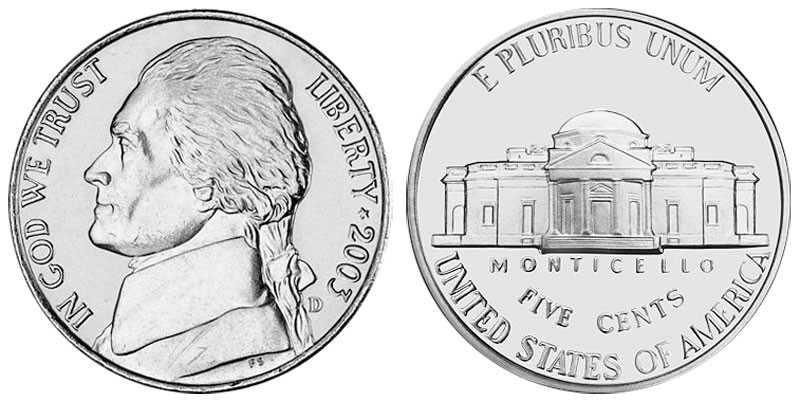
The buffalo nickels were created as part of the revival in 1913 Coinage of the United States, began with the Saint Gaudens in 1907 Gold problem of Twenty Dollars. The architecture is James Earl Fraser’s work, a prominent early 20th Century sculptor; the coin contains a True American Indian and a bison in the Plains. The Indian had been a composite image of three versions. Of these, the most prominent was probably the Chief Iron neck, who toured the globe later in life as an artist in Buffalo. It’s a Wild West Tour for Bill. Not only was he participating in the film, but he was also one of Buffalo’s closest friends, even Bill Cody.
The general subjects were chosen for their distinctive American flavour, but by 1913 sadly both had almost vanished from the continent. The 1913 initial version, called the Type One version, is stunning. The American Indian and Buffalo is pretty good. These Type One coins’ fields exhibit a rough texture that gives them extra aesthetic appeal. Nevertheless, shortly after these coins entered circulation, it became clear that due to their high relief, the denomination “Five Cents” would wear away rapidly.
Afterwards, the original design was changed to recess the denomination, which provided more excellent wear protection. Some of the detail was withdrawn from the coin at this time, including the distinctive field texture. These new 1913 Type 2 Nickels are still pretty coins but lack some of the original type’s artistic merit. Further, although slight, modifications were made in 1916. Well struck Buffalo Nickels is a brilliant example of the creative work brought on by the Renaissance coin style of the early 20th century.

Thanks to its elegance, the concept became immediately famous and has since been extensively collected. Though a Nickel in the depression era still had some real buying power, throwing a few away wasn’t that much money for most people. Such coins were rapidly withdrawn from circulation by collectors after the series ended in 1938. Few Buffalo Nickels could be found in trade by the mid to late 1950s; and those were usually worn beyond date recognition.
Apart from the two primary forms of Buffalo Nickel, some widespread varieties have been coveted by collectors since their discovery. The most popular of these is the Three-Legged Buffalo Nickel from 1937 D. Certain common varieties include the Buffalo Nickel 1918 over 17 D, the Doubled Die Obverse Nickel 1916, the Buffalo Nickel 1938 D / S, and the Buffalo Nickel 1914/13.
Conclusion
There are various ways on how an individual who has fortunately acquired such a cent can accumulate and determine its value. It is essential, though, that as a coin collector, you are well-equipped and knowledgeable about the necessary things you need to know to understand the value of these coins.





